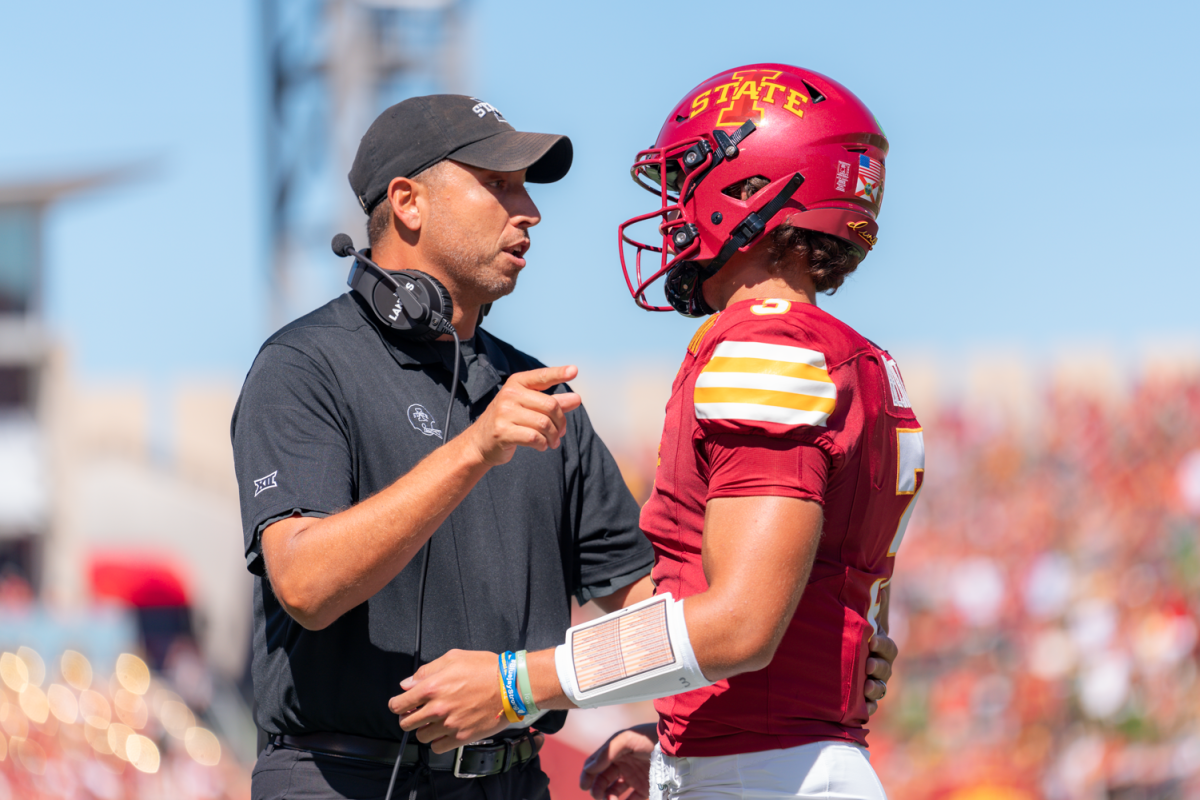Ames will continue to monitor College Creek
April 5, 2001
Visions of College Creek sloshed through Ames City Council members’ minds as they passed a motion allowing city staff employees to continue an urban stream-monitoring project on the creek.
John Dunn, assistant director of the Ames Water and Pollution Control Department, presented the report on the contamination issue during the council’s regular meeting March 27.
“What we basically found in College Creek was a sewage pit,” he said.
Dunn proposed a plan to rely mainly on trained citizens volunteering to monitor several creek locations in Ames.
These citizens will be trained using a monitoring program compiled by IOWATER, a volunteer water quality monitor program that began in 1998, he said.
Information collected by staff and recommendations made by concerned citizens have prompted the city to recommend a plan to combat the contamination through the program.
“I whole-heartedly agree with it,” Mayor Ted Tedesco said. “It’s a real opportunity for citizens to help out in the community.”
Volunteers undergoing IOWATER training will learn physical testing methods, such as watershed analysis, habitat assessment, water temperature and stream flow, and chemical testing methods, such as dissolved oxygen, pH, nitrate-nitrite and phosphate tests.
They will be asked to focus on the following water quality factors: benthic macroinvertibrates – insects, leeches and worms – plant cover, pH, dissolved oxygen, nitrate and nitrite, phosphorus, color, transparency, odor, stream width, depth, velocity and temperature.
All necessary equipment will be provided by IOWATER after instruction is completed, and fecal coliform testing will be handled by staff employees so they may continue further monitoring if obvious signs of contamination are reported.
According to Dunn’s report, College Creek has been contaminated by “inadequately treated domestic wastewater” with fecal coliform bacteria lurking at every splash of a rock.
Fecal coliform, a subgroup of the total coliform bacteria, is one of the most common members of its family, Escherichia coli, more commonly known as E-coli.
Dunn said high levels of fecal coliform, found by city staff, may indicate the presence of other pathogens. Experts have not yet discovered an effective way to test for these pathogens’ existence in water such as College Creek.
“[Fecal coliform] levels we found in our first sampling were pretty high,” Dunn said.
The number of fecal coliform colonies was considerably higher than normal totals should be, he said, reaching 50,000 colonies of fecal coliform bacteria per 100 mm in College Creek. The normal amounts should be between 100 and 1,000 colonies per mm.
The creek starts as a drainage tile in Boone County and comes to the surface with the contamination present in west Ames. The creek was tested in three places – Wilder Boulevard, South Dakota and State Avenue.
Three mobile homes and two restaurants, The Broiler, 6008 Lincoln Way, and Chef’s Inn, 6400 Lincoln Way, were found discharging waste into the creek during times of high-level bacteria.
Dunn said because the last sample of water was taken in College Creek in late August, discharges have stopped. At tested locations, levels of fecal coliform had dropped to around 2,000 colonies per mm.
Ingestion of contaminated water can pass on some unpleasant symptoms such as upset stomach and dysentery to people but is not life-threatening, Dunn said.






